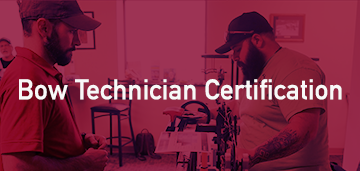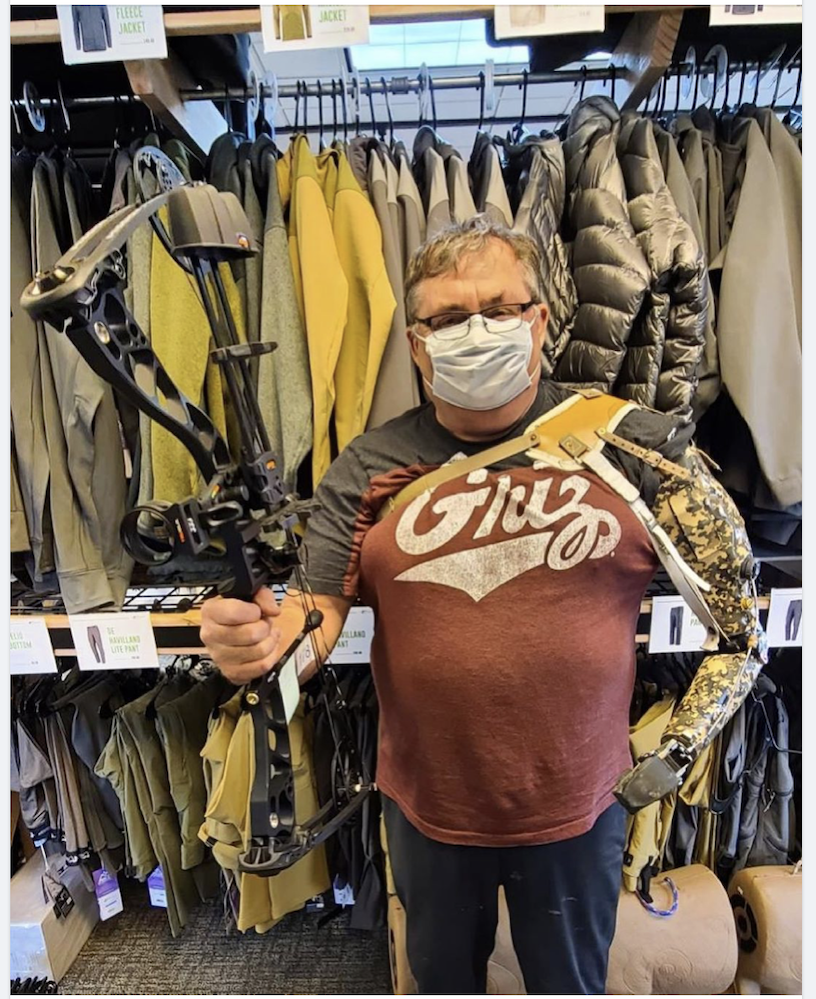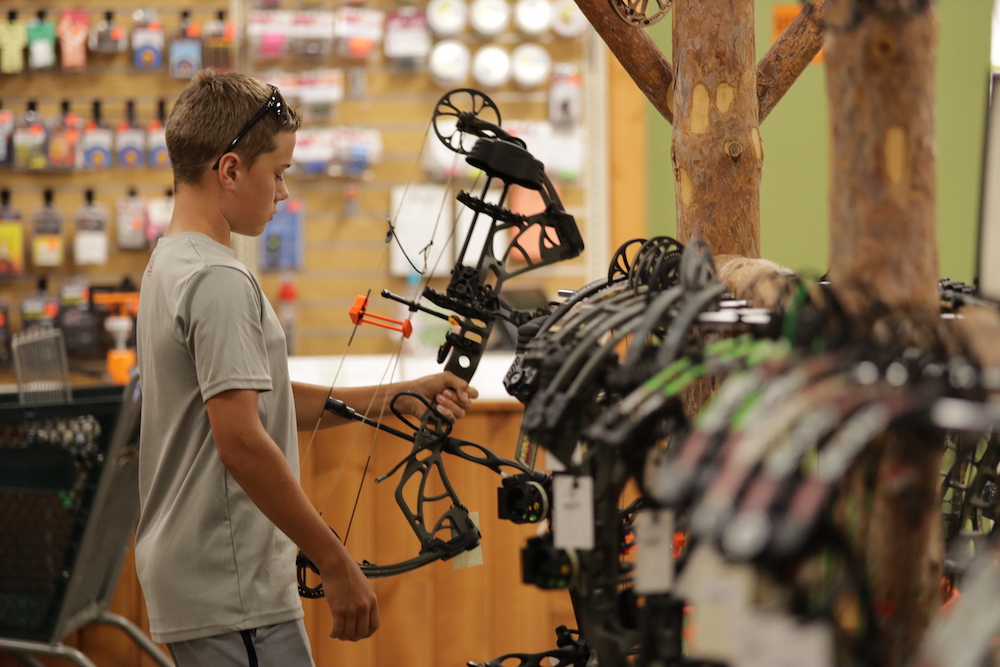Understand and Respect Personal Boundaries
People might not be sanitizing their groceries anymore, but some COVID-19 health habits are here to stay. Millions of people spent months in isolation, and that can have lasting effects, physically and mentally. For some customers, they’re just excited to be out and about. People were lonely. They missed events and gatherings. Now that life is returning to normal, customers might be a little extra chatty and excited for in-person shopping experiences. Be sure to create a welcoming environment for these customers who are looking for connections.
While some customers are excited the restrictions are over, others are still having a hard time adjusting to life after the shutdowns. It’s important to recognize how people are feeling and respect their boundaries. Now, customers might not be as eager for a handshake or high-five. Some might continue to wear masks out of caution or preexisting conditions. Customers might expect a little more space and look for the occasional bottle of hand sanitizer around the shop. Be sure to make these customers feel safe and welcomed.
Embrace New Hunters
When grocery shelves were bare, people began to rethink where their food comes from. When public spaces became unavailable and people were stuck in their homes, outside became one of the few places they could escape. The pandemic created a new group of hunters. And now they’re looking for guidance.
“Probably 40% to 50% of the people that come into the shop are new to the state and archery,” said Tanner Swanby, an archery technician at Straight-6 Archery in Missoula, Montana.
Straight-6 Archery also has a shop in Bozeman, Montana. Both stores are seeing an influx of new customers. A recent study showed Montana has the highest rate of people moving into the state. And people aren’t just flocking to Montana. The pandemic triggered a wave of people across the country moving from urban areas to rural ones. People are rethinking their homes, lifestyles and community. The rise in remote work has only fueled this trend.
Archery shops in less populated communities and states are beginning to see these population booms as new customers enter their shops. Many of these customers are looking for guidance and a new network because this is a new lifestyle. Create connections with these customers through lessons and events.
“Our Bozeman shop has a range and so they offer lessons,” Swanby said. “In Missoula, we’re a smaller shop but when new people come in, we always send them out the door with the basics. If they need help with their form, that’s not a separate service we charge — that’s just part of our commitment to helping customers.”









